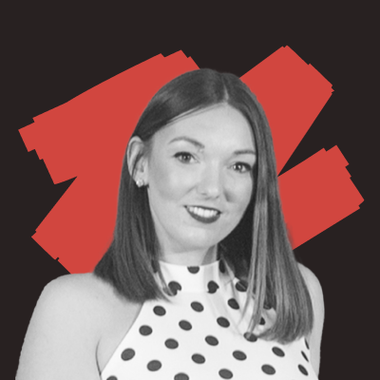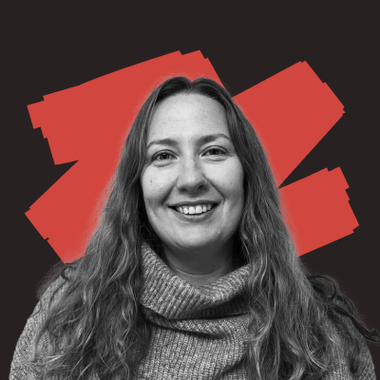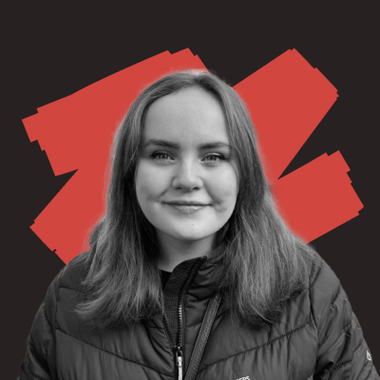As Head of Digital Product Design at The Distance, James is the one shaping how products look, feel, and work, turning complex client needs into clear, user-friendly designs that developers can bring to life. Part strategist, part creative problem-solver, part communicator, he’s the vital link between client vision and technical delivery, making sure every pixel has a purpose.
In this edition of A Day in the Life, we sat down with James to explore what it takes to translate ideas into detailed wireframes, how he navigates client and developer conversations, and why great design is as much about collaboration as it is about creativity.






